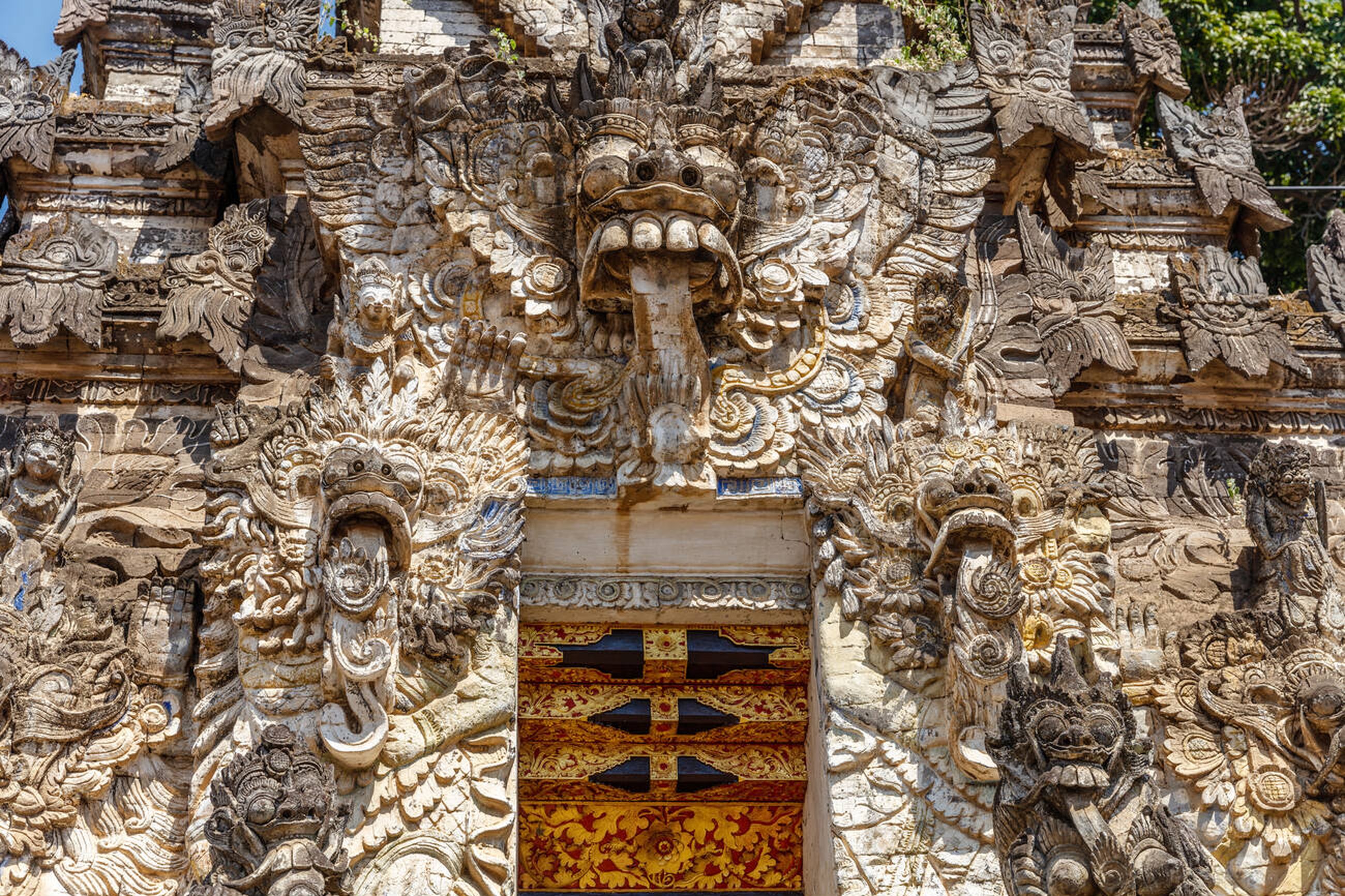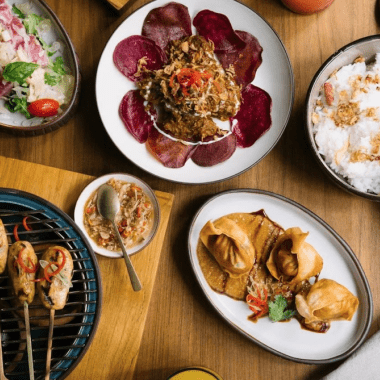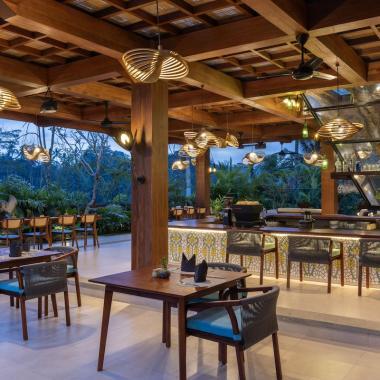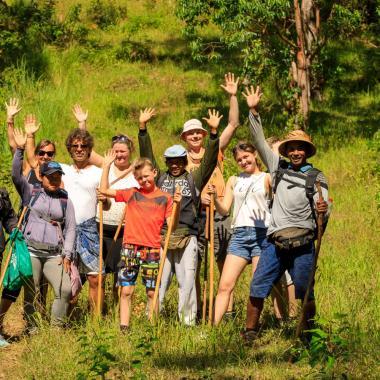Nestled in the quiet village of Jagaraga, in the Sawan District of Buleleng Regency, Pura Dalem Jagaraga stands not only as a place of worship but as a symbol of Balinese resistance against colonial rule. Often overlooked by tourists, this temple is one of Bali’s most historically rich and visually unique sites, offering a rare blend of spirituality, heritage, and patriotism.
This temple is one of Bali’s most historically rich and visually unique sites, offering a rare blend of spirituality, heritage, and patriotism
A Sacred Landmark with a Heroic Past
Pura Dalem Jagaraga, originally built in 1181, holds a sacred position as a Pura Dalem, or "temple of death", common in every Balinese village. However, this temple is far from ordinary. It became the center of a fierce historical conflict during the Dutch colonial era. In 1848, the Dutch army occupied this area, sparking what became known as the Jagaraga War or Puputan Jagaraga — a tragic but heroic last stand by Balinese warriors.

Under the leadership of Patih I Gusti Ketut Jelantik, around 2,700 Balinese fighters resisted the colonial forces. Despite their bravery, many lives were lost, including 400 Dutch troops and commissioned officers. The name “Jagaraga,” meaning “guard yourself,” emerged from this era, reflecting the villagers’ determination to protect their land and culture. The village, previously known as Sukapura, adopted this name as a tribute to their unwavering spirit.
A Fortress Disguised as a Temple
More than a spiritual sanctuary, Pura Dalem Jagaraga functioned as a defensive fortress during the Dutch colonial war. Built and rebuilt on the ashes of conflict, the temple remains a monument to resistance. In fact, a nearby monument, Monumen Perang Jagaraga, stands to honor the fallen heroes, featuring statues of key figures like Jelantik and Jro Jempiring.
Architectural Uniqueness and Symbolic Reliefs
Unlike many Balinese temples that focus purely on religious deities and mythical creatures, Pura Dalem Jagaraga is known for its unique and socially reflective carvings. The temple consists of two main areas — Middle Jaba and Offal — with intricate reliefs that tell stories far beyond religious symbolism.
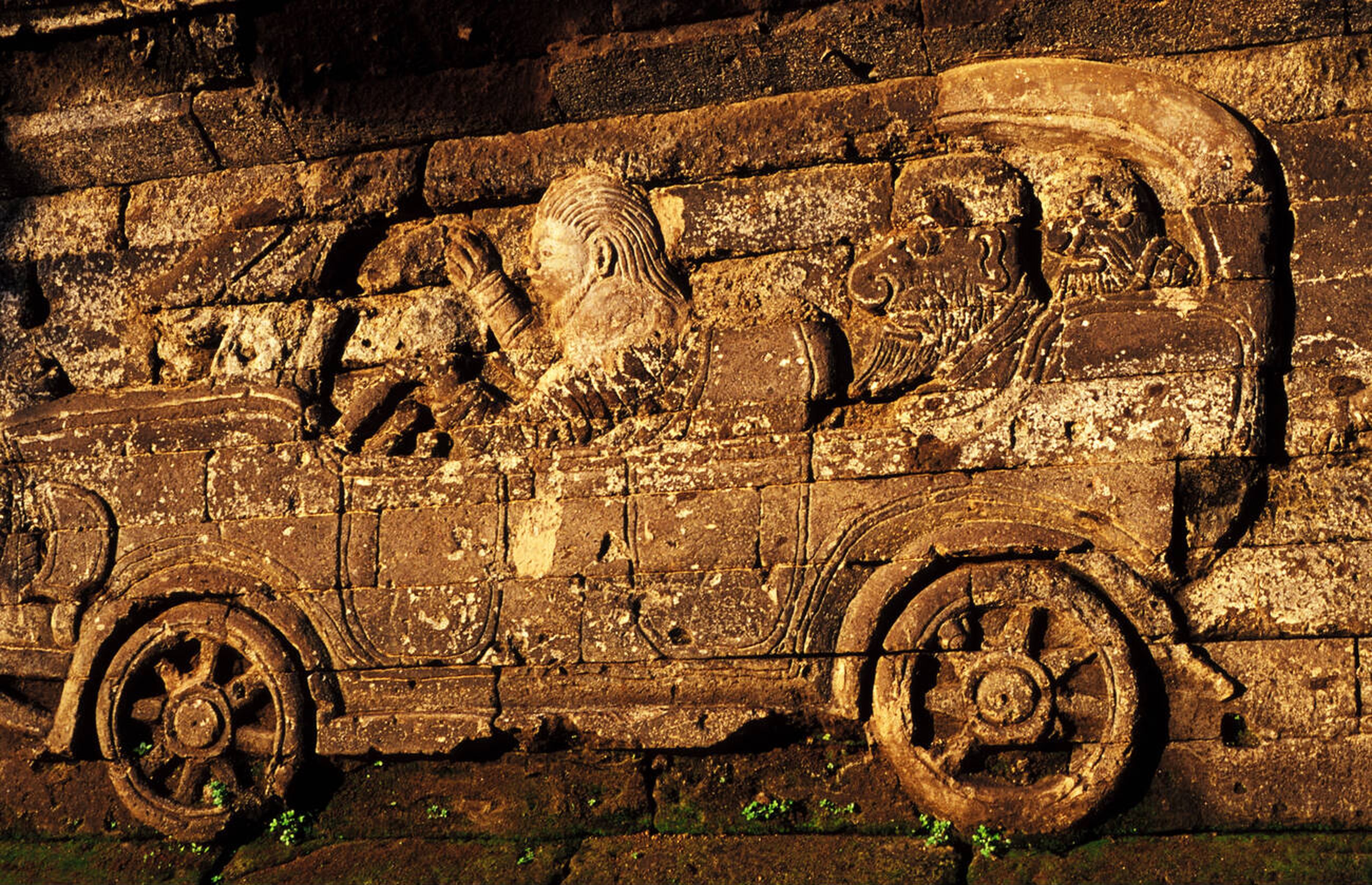
The temple walls are etched with images of Dutch colonial life, portraying scenes of foreigners arriving by boat, plane, car, and bicycle. One notable relief shows a Dutchman riding a Ford Model T, brandishing a pistol, while another shows a plane crash, or Dutch soldiers drinking beer — depictions rarely seen in traditional temple art. These carvings offer a raw, visual history lesson, juxtaposing peaceful Balinese village life with the chaos of colonial invasion.
Adding to the temple’s charm is the Patung Men Brayut, a statue based on Balinese folklore about a mother burdened with many children — a metaphor for perseverance and motherhood. There's also the Singa Bersayap, or winged lion statue, representing Singaraja, which translates to "Lion King" — the former capital of North Bali.
A Living Chronicle, Preserved by Locals
Much of what is known about the temple today comes from the dedication of Ketut Suradnya, a local chronicler who handwrote the temple’s history. His handwritten accounts have been photocopied and passed down through generations — now distributed to visitors by his grandson. According to Suradnya, the temple was rebuilt after the war in 1849, on the same grounds where the original temple had been destroyed. The Padmasana and Prajapati shrines found in the jeroan (main temple compound) are uncommon in typical Pura Dalem layouts, giving this temple a distinct spiritual and architectural identity.
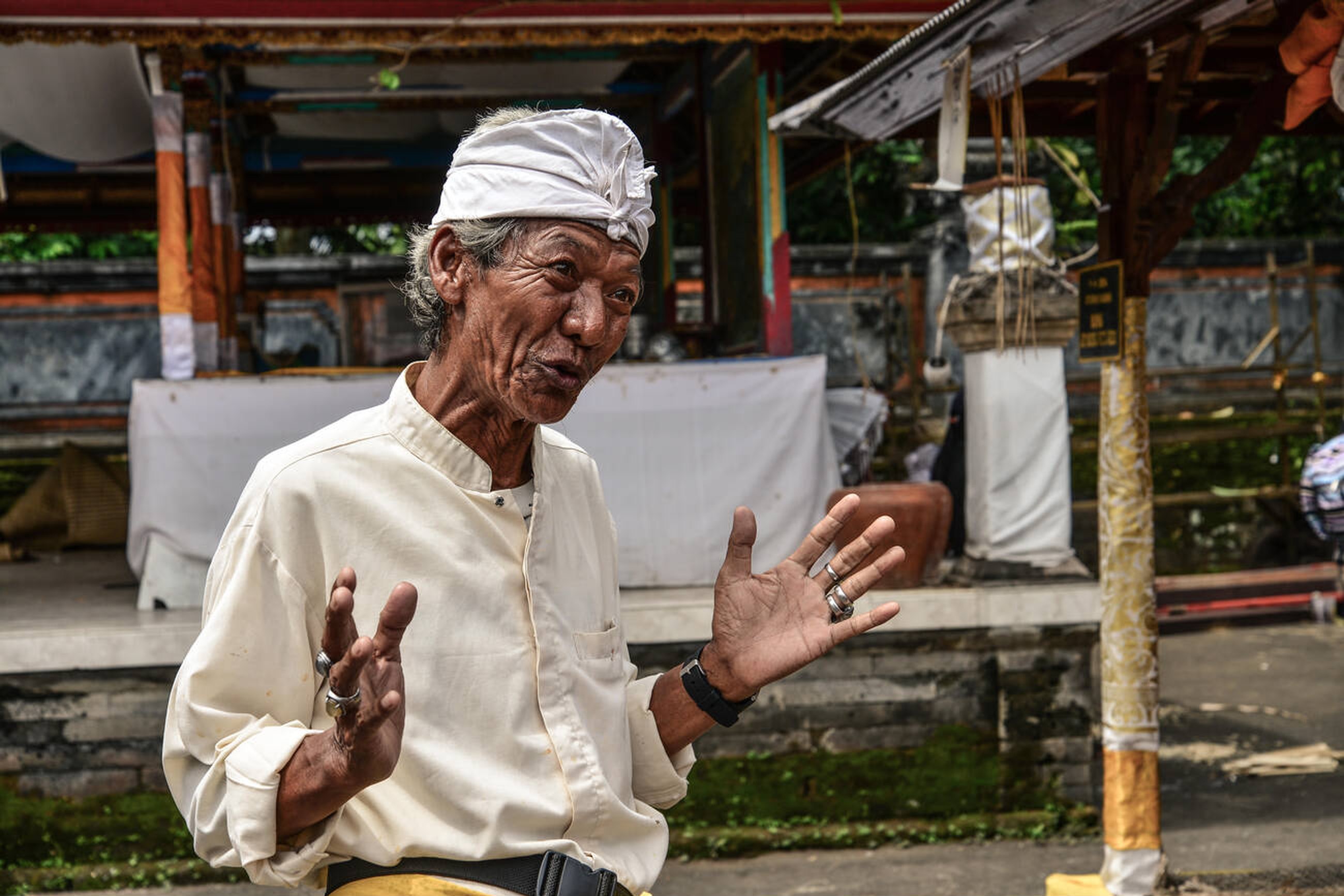
Visiting Pura Dalem Jagaraga
Though it sits quietly across from a local elementary school, surrounded by rice fields and humble warungs, Pura Dalem Jagaraga is easy to reach — just a 30-minute drive from Singaraja or Lovina. While it may not be a top tourist destination, it offers a deep dive into Balinese culture, resistance, and creativity. Before visiting, keep in mind traditional etiquette: women should avoid entering the temple during their menstrual cycle, and all visitors should respect the sanctity of prayer rituals happening on site. Once you've explored the temple, consider extending your trip to nearby attractions such as Air Sanih Natural Pool, Sekumpul Waterfalls, and the enchanting Aling-Aling Waterfall.
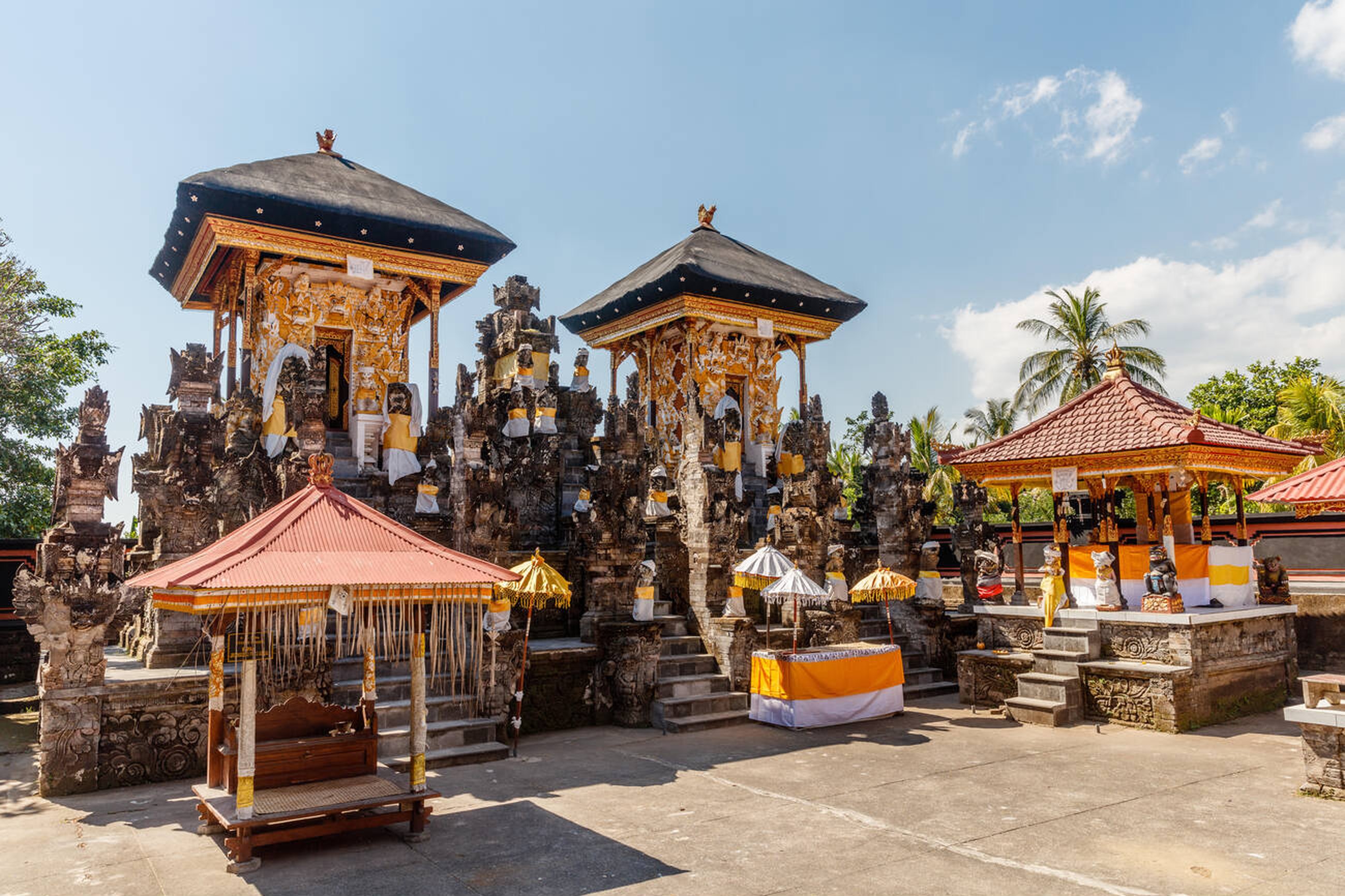
Pura Dalem Jagaraga is a testament to Bali’s fighting spirit, a living museum carved in stone, and a place where the past is permanently etched into the walls for all to see. For anyone looking to truly understand Bali’s history, culture, and soul, this temple is an essential stop on the journey. Its quiet presence tells stories louder than words — a powerful tribute to the island’s enduring spirit.

